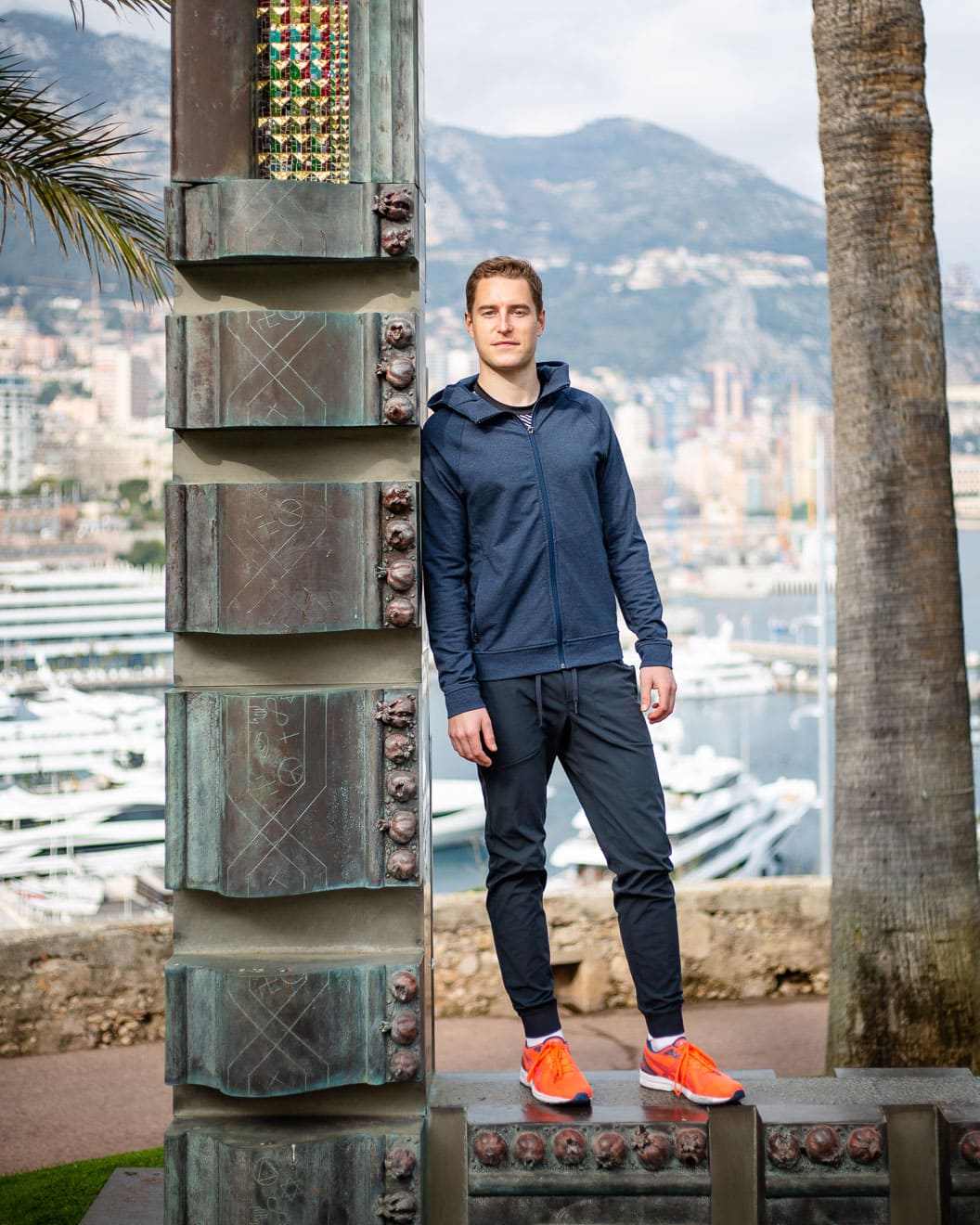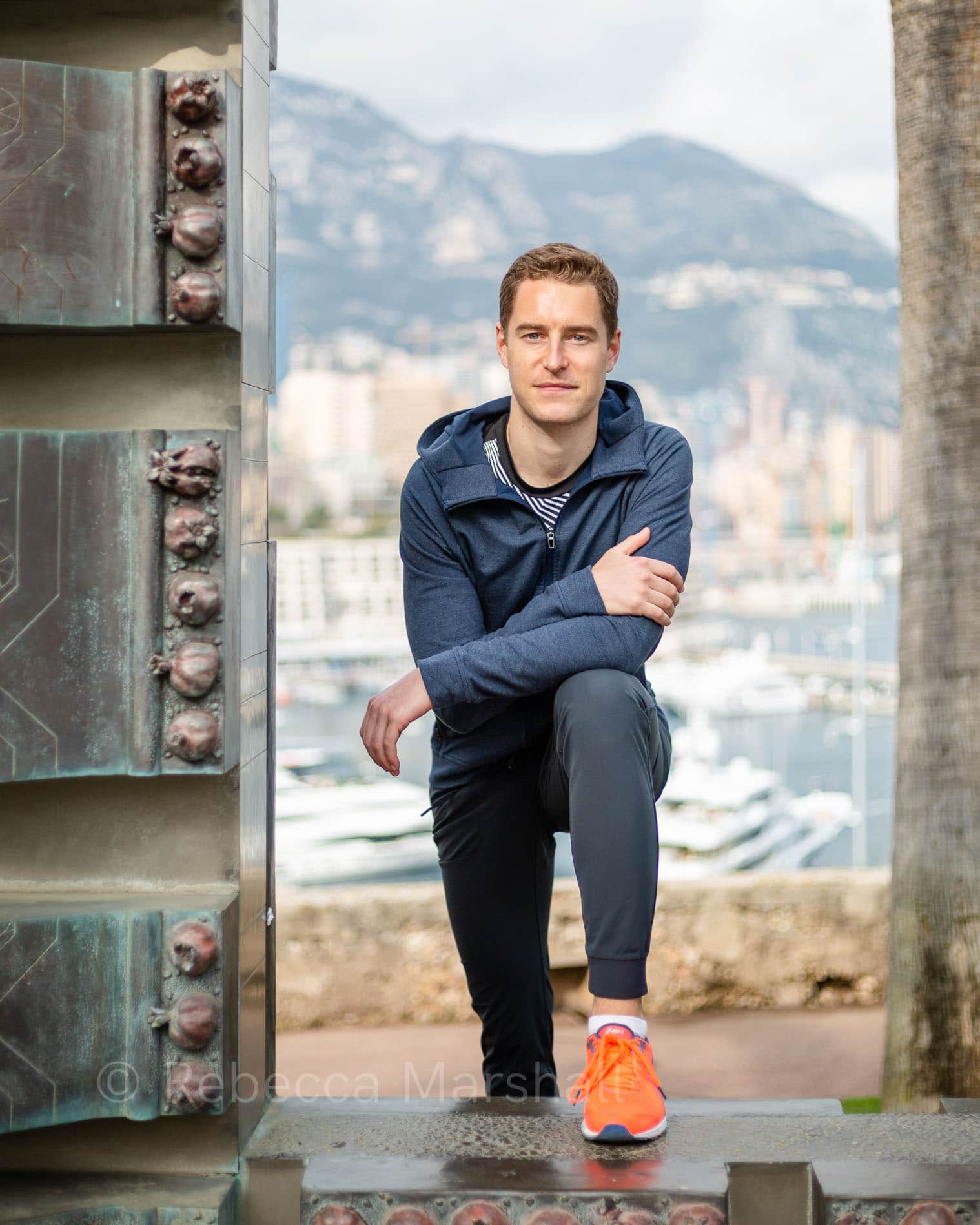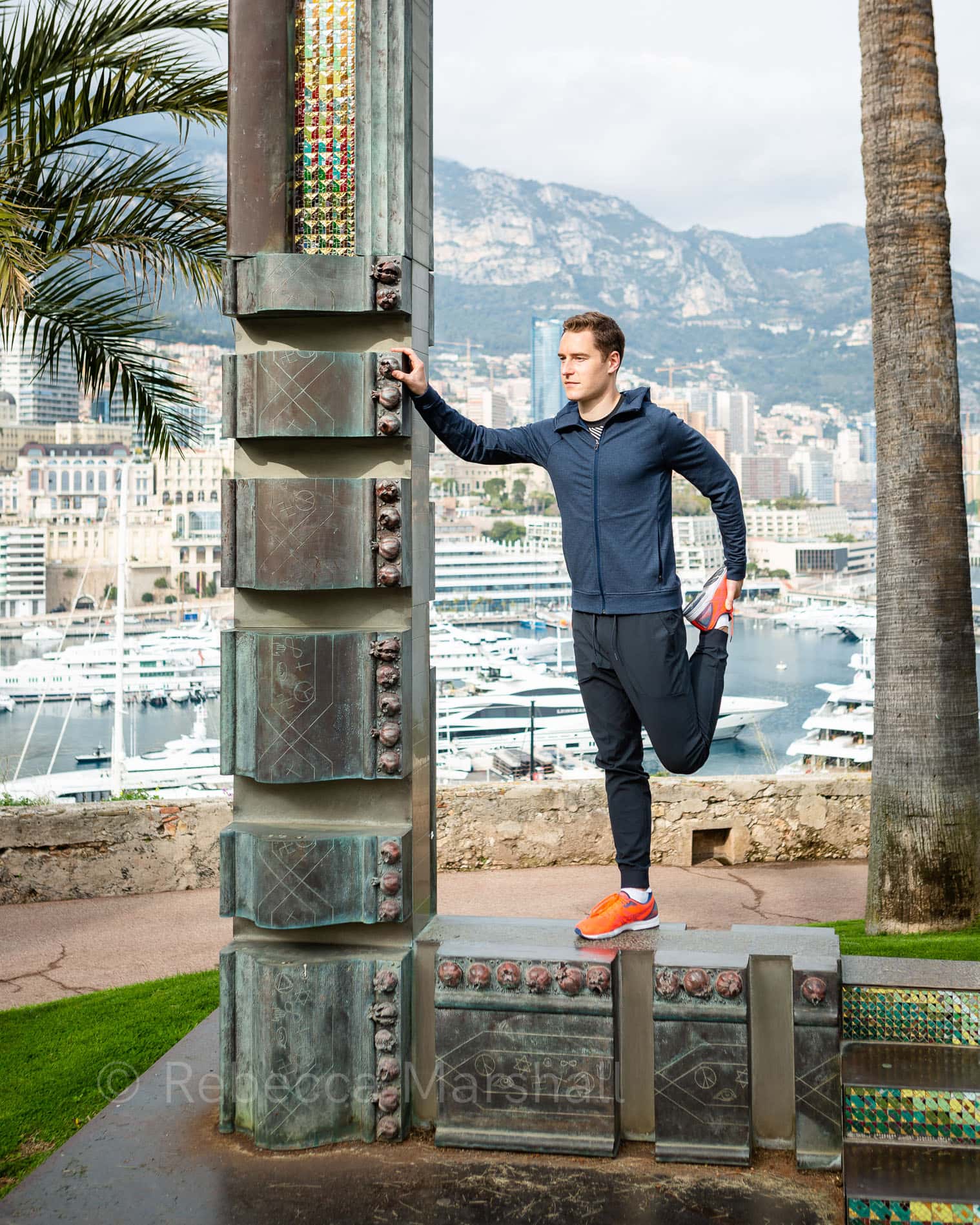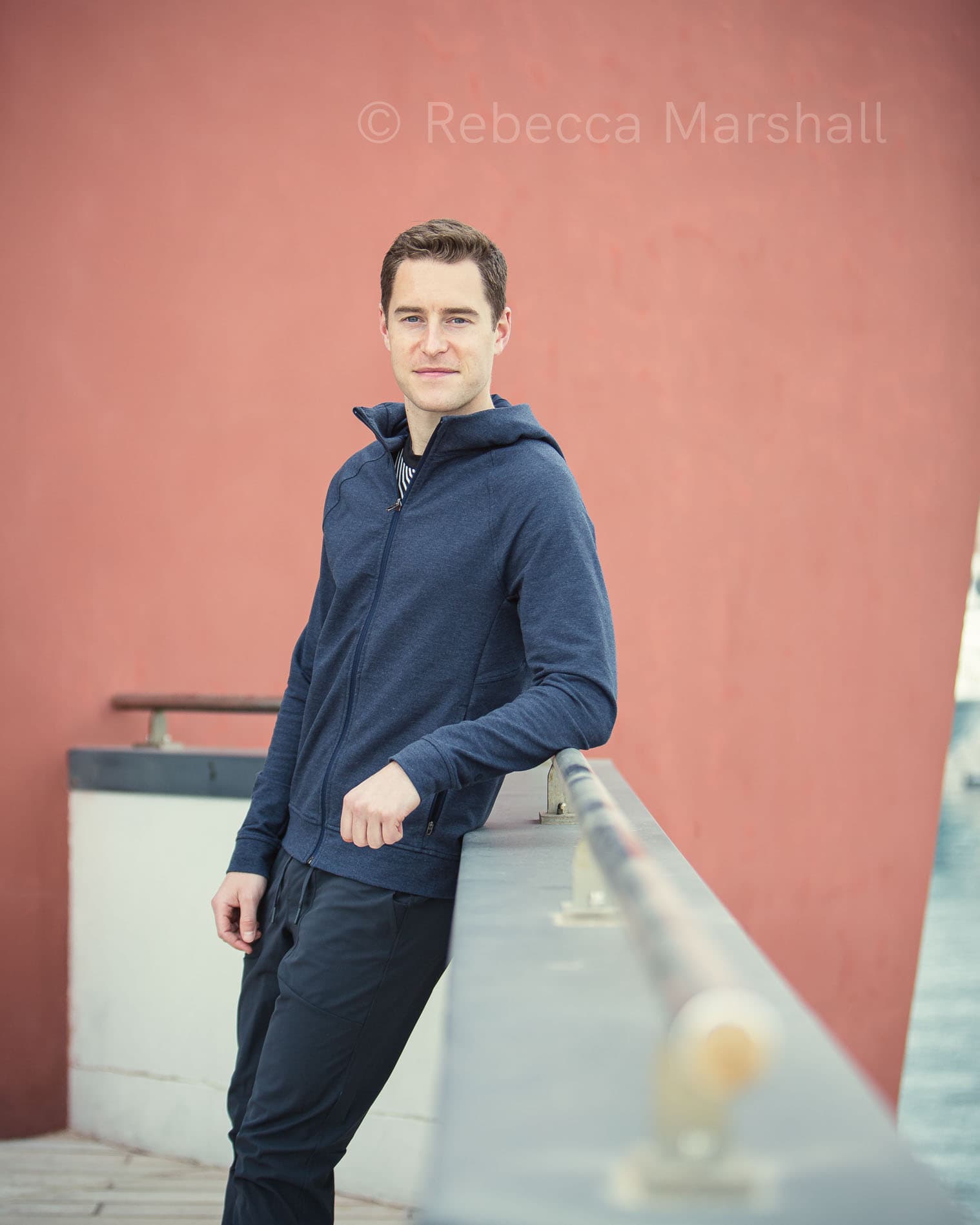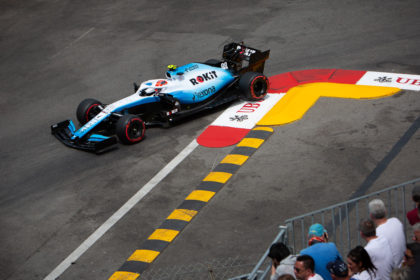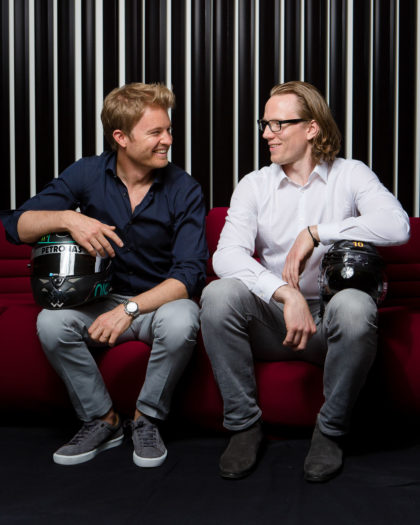Formula One racing is, for many, the crème de la crème of motorsport, and the Monaco Grand Prix has for decades been considered the most prestigious race of its kind in the world. However, the Grand Prix’s glory has been somewhat lacking in shine lately. The Covid-19 pandemic led to its cancellation in 2020 and this year’s event was seriously subdued, with fewer than 40% of the usual spectator numbers and a 10 pm curfew putting paid to any lavish Monte Carlo after-parties. A change in travel habits and a fresh take on the importance of the environment (apparently side effects of lockdown) won’t do Formula One racing any good either – even its biggest fans could never claim that the sport was environmentally-friendly. It may indeed just be the perfect moment for an alternative to speed past into pole position: Formula E. Unlike the petrol-guzzling Formula One cars, Formula E vehicles are all-electric and zero-emission: yes, a clean energy motorsport.
New-generation racing driver
In March, I was assigned by Belgian luxury lifestyle magazine Sabato to make the portrait of a leading, new-generation racing driver. While he used to race for McLaren (and still subs for Formula One teammates when necessary), 29-year-old Stoffel Vandoorne has chosen to dedicate his career to Formula E. He is the lead driver for the Mercedes-Benz eQ team, and is based in Monaco.
Green speed in Monaco
Anyone who might think that fighting climate change is low on Monaco’s priority list, or that electric car racing ‘isn’t very Monte Carlo‘, picturing souped-up Smartcars whizzing around and lowering the tone, should think again. Under the auspices of ‘environmental protection champion’ Prince Albert II (read about the first round-the-world flight of a solar-powered plane for another example of royal largesse towards renewable energies in the principality), Monaco has been one of the host cities for the Formula E global race series since it began 7 years ago.
As for their appearance, Formula E cars look just like Formula One cars. Many of the biggest household brands in car manufacturing are now spending gigantic sums on the R&D of their electric racing cars – and it is no token investment. Formula E has an important role in pushing forward the development of tomorrow’s emission-free consumer cars, although their performance seems like overkill for future road purposes. Electric racing cars reach speeds of up to 280 Km/hour.
Portrait of the man under the helmet
Although it would’ve been fun to see an all-electric race machine and photograph Mr Vandoorne in action, I’d have probably had to fly somewhere like Dubai or Saudi Arabia to do so. Monaco is not blessed with space, and the professional racing drivers who live there spend much of their time flying to countries with permanent tracks where they can train (it would be churlish to mention this carbon footprint aspect of Formula E). No, Sabato wanted me to photograph the man under the helmet: Stoffel in weekend mode, at home (or at least outdoors, nearby, in light of Covid-19).
If they were hoping to feature the glamorous lifestyle of a wild, fast-living celebrity in Monaco, the magazine’s editors were to be disappointed. Competing as a racing driver might not involve much movement beyond that possible in a small car seat, but top level drivers are athletes who need to be at their physical peak. Stoffel exercises for at least 2 hours a day, 6 days a week, either in the gym, running through Monte Carlo or cycling the steep hills of the French Riviera. And when he’s not training or working out, he is to be found analysing the stock market, prudently managing his shares and investments for a post-racing future. Stoffel might be the owner of a red Porsche, but when I asked him if he sometimes lets off steam behind its wheel, he replied, somewhat suprisingly: “I’m not a speed freak. I don’t like driving on the road much at all, actually.”
Monaco makes its own rules, as usual
Obviously, it is important for a photographer to recce the locations before an environmental portrait, and I knew that police checks, both in locked-down France and on the Monaco border, might take up extra time. But those were not the only reasons why my assistant and I arrived two hours before our rendez-vous with Stoffel. In the South of France, all restaurants and cafés had been closed for months. Yet down in Monaco, Covid-19 rules were different (as many of their laws are, see the permissions needed by photographers in Monaco) and I knew that Monégasques, or those with the authorisation to work in the principality, could do what was then unthinkable in France – eat out at a restaurant.
We arrived at the entrance to the café. The sun was out and diners, mask-less and laughing, were eating and drinking happily on the terrace. We could barely believe our eyes. Yet there was one small but critical detail I’d overlooked: “Sorry, but you can’t enter unless you’ve booked a table. It’s the law here at the moment“. Within sniffing distance of fine food and sun-drenched dining, and less than an hour before my photoshoot, the prospect of missing this rare opportunity was too much to bear. There was nothing to lose.
“Can I please reserve a table for two?”
“Oui, madame. When would you like it for?”
“Right now, please“.
The waiter closely studied my photographer commission letter, made a note in the diary and extended his arm.
“Of course, madame, follow me”
> See Portrait portfolio
